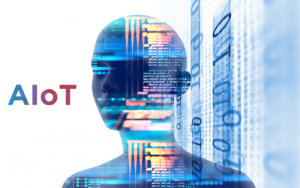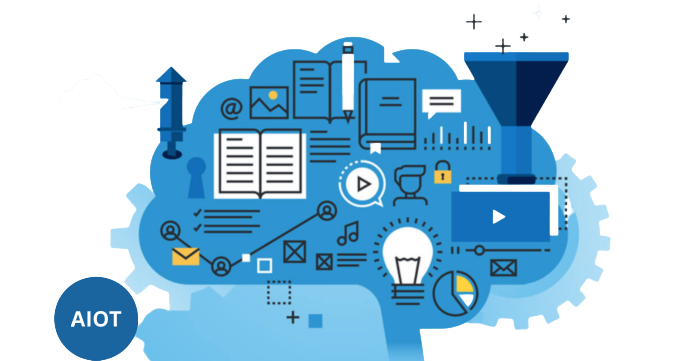The intersection of IoT and AI presents significant opportunities for creating intelligent systems that can automate and optimize a wide range of tasks, from manufacturing and transportation to healthcare and agriculture.
In recent years, the IoT and AI have emerged as two of the most transformative technologies of the digital age. IoT refers to the network of physical devices, vehicles, home appliances, and other items embedded with sensors, software, and connectivity that enable them to connect and exchange data. AI, on the other hand, involves the use of computer algorithms and machine learning to mimic human intelligence and solve complex problems.
The intersection of IoT and AI presents significant opportunities for creating intelligent systems that can automate and optimize a wide range of tasks, from manufacturing and transportation to healthcare and agriculture. However, this convergence also poses several challenges, including data privacy and security, ethical concerns, and the need for specialized expertise. In this blog post, we’ll explore the opportunities and challenges of IoT and AI, and how they shape the future of intelligent systems.

Opportunities for IoT and AI
-
Automation and Optimization
The integration of IoT and AI enables businesses to automate and optimize processes, improving efficiency and productivity. By collecting data from connected devices and analyzing it using machine learning algorithms, organizations can gain insights into their operations, identify inefficiencies, and make data-driven decisions.
-
Personalization
IoT and AI can be used to create personalized experiences for customers by collecting and analyzing data about their behaviors and preferences. This data can be used to offer customized products and services, improving customer satisfaction and loyalty.
-
Predictive Maintenance
IoT and AI can predict when equipment will fail, allowing businesses to perform maintenance before a breakdown occurs. This approach can reduce downtime and maintenance costs, improving overall productivity.
Challenges of IoT and AI
-
Data Privacy and Security
The vast amounts of data generated by IoT devices can present significant privacy and security risks. The data must be protected against theft, cyber-attacks, and other forms of unauthorized access, requiring robust security measures and data encryption.
-
Ethical Concerns
The use of AI raises ethical concerns about the potential impact on jobs, privacy, and bias. As AI becomes more prevalent in the workplace and our daily lives. It is essential to address these concerns and develop ethical guidelines for its use.
-
Specialized Expertise
The integration of IoT and AI requires specialized expertise in areas such as data science, machine learning, and cybersecurity. This can create challenges for organizations looking to implement these technologies, requiring significant investments in training and talent acquisition.
Future of IoT and AI
The convergence of IoT and AI is expected to continue to drive innovation in a wide range of industries, from healthcare and transportation to manufacturing and agriculture. As the technology continues to advance, we expect to see new use cases and applications emerge. That enables businesses to gain insights and make data-driven decisions in real-time.
-
Edge Computing
Edge computing is emerging as a promising solution to the challenges posed by the increasing amounts of data generated by IoT devices. By enabling decentralized data processing, edge computing offers several benefits, including reduced latency, improved reliability, reduced bandwidth costs, and improved security.
-
Explainable AI
Explainable AI is an emerging field that aims to create AI systems that can explain their decision-making processes. This approach can help address concerns about bias and transparency, enabling users to understand how the system arrived at its conclusions.
-
Collaboration
Collaboration between IoT and AI experts will be essential to drive innovation and overcome the challenges of integrating these technologies. Interdisciplinary teams will be required to address complex challenges and develop effective solutions.
Conclusion
The intersection of IoT and AI presents significant opportunities for creating intelligent systems that can automate and optimize a wide range of tasks. However, this intersection also presents unique challenges, including the need for robust data management, security, and privacy protections. As these technologies continue to advance, it’s important to approach their integration with careful consideration of these challenges. While also recognizing the immense potential for innovation and progress. With the right approach, the combination of IoT and AI can help us tackle some of the world’s most pressing problems. And create a more connected, efficient, and sustainable future.
Explore the full potential of IoT with Tanbits. Our company provides cutting-edge IoT services to help you automate and optimize your business processes. We prioritize robust data management, security, and privacy protection to ensure the success of your IoT projects. Contact us to learn more about our services. And how we can help you create a more connected, efficient, and sustainable future.
BACK










